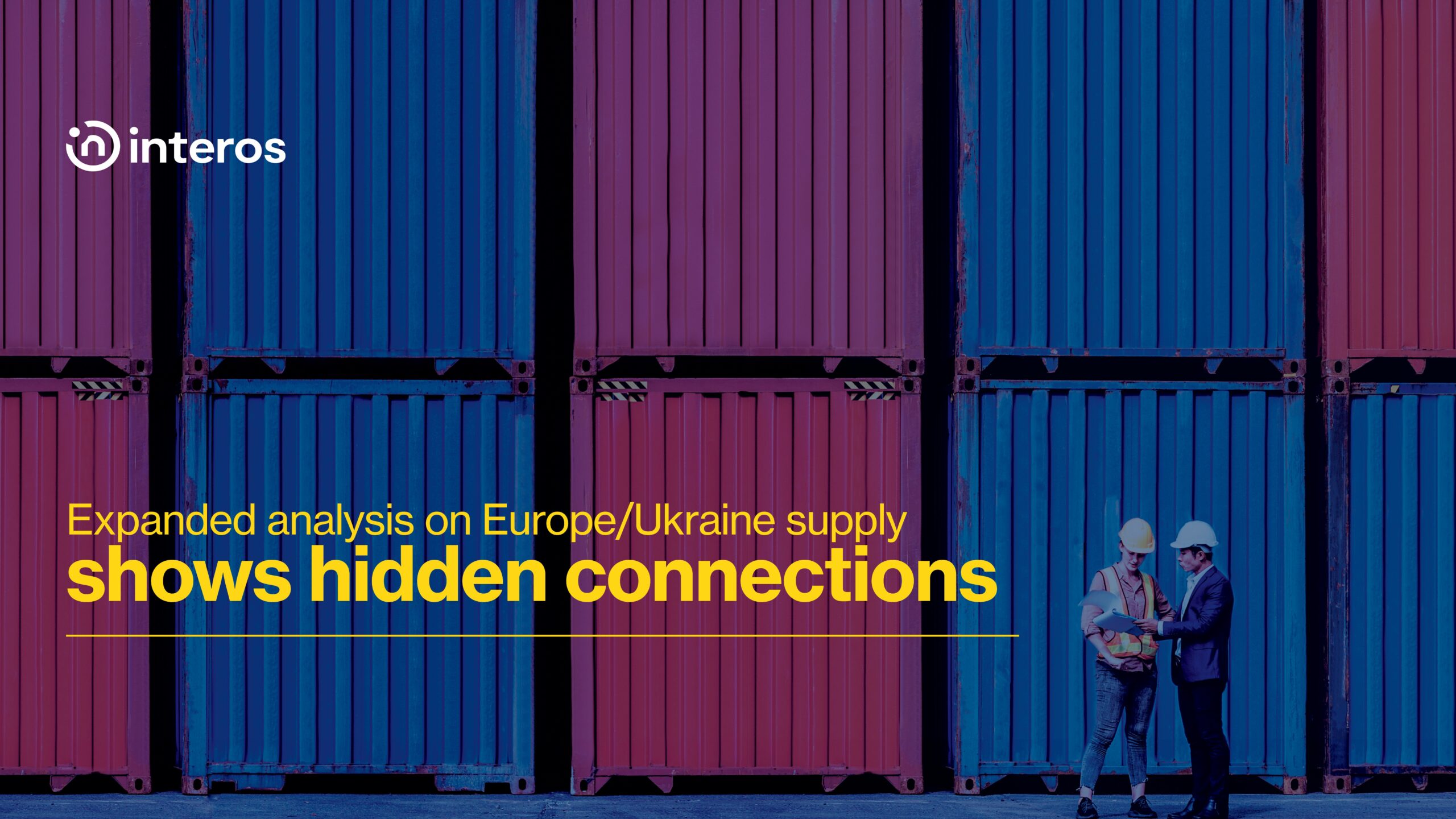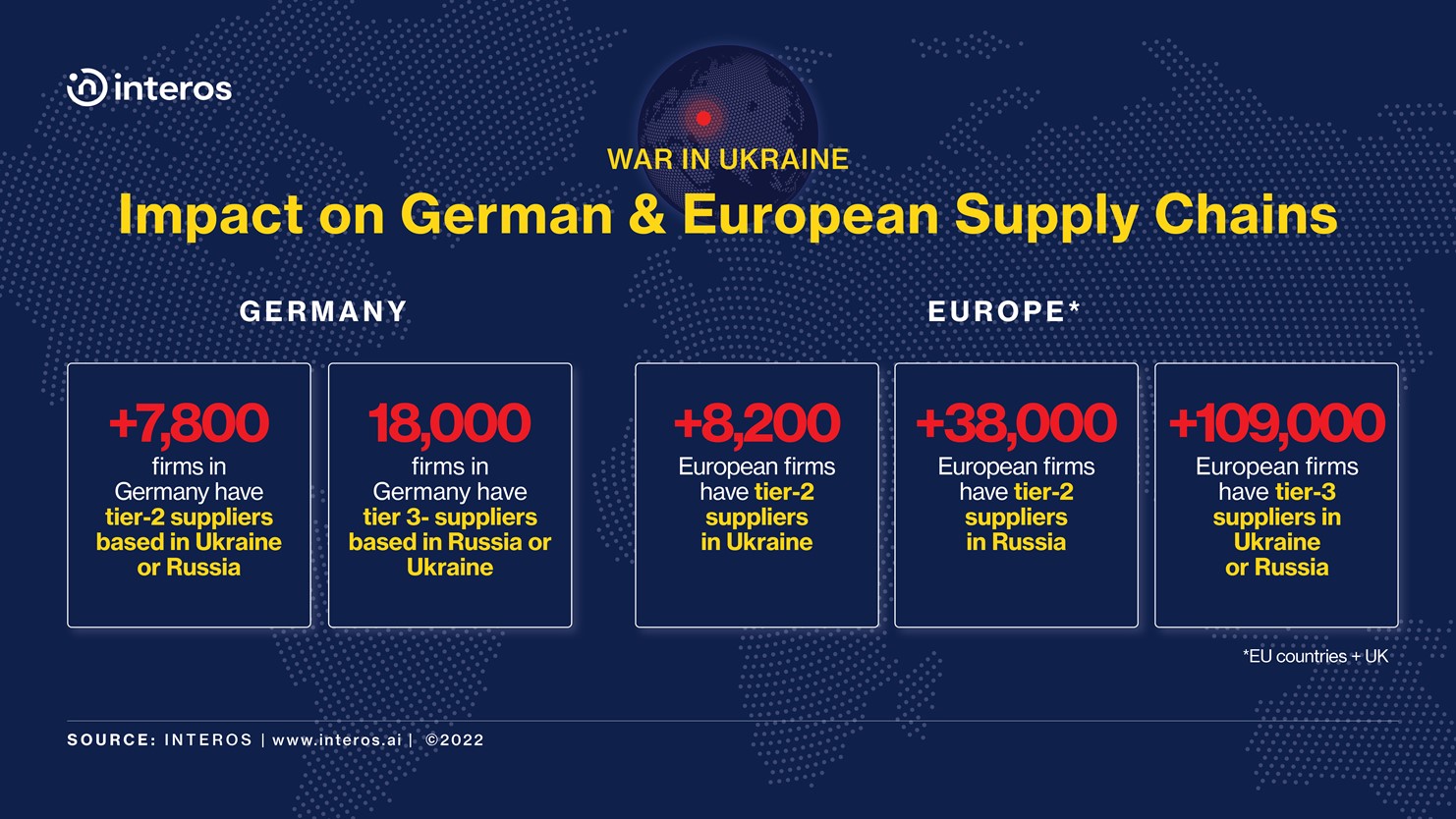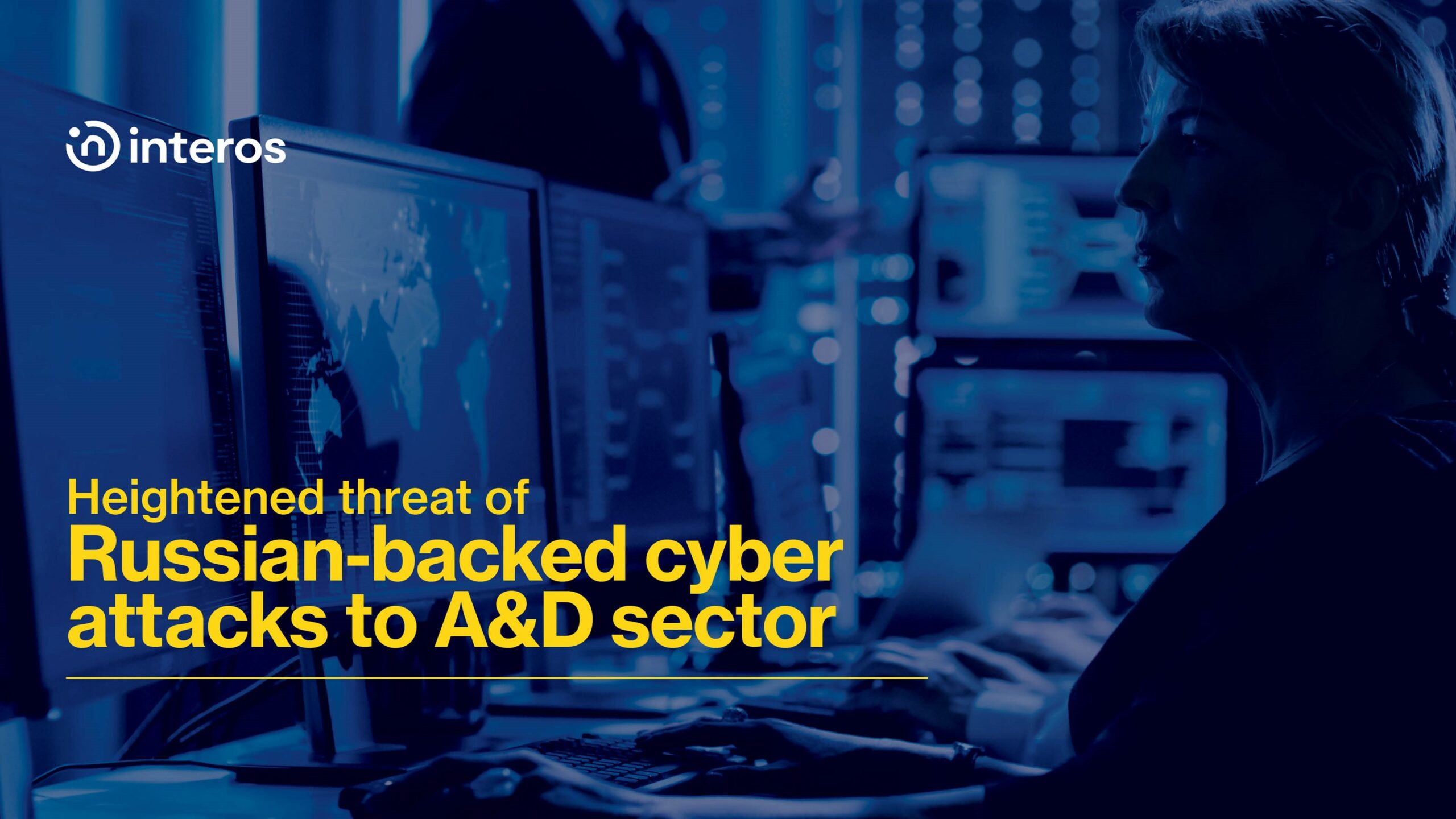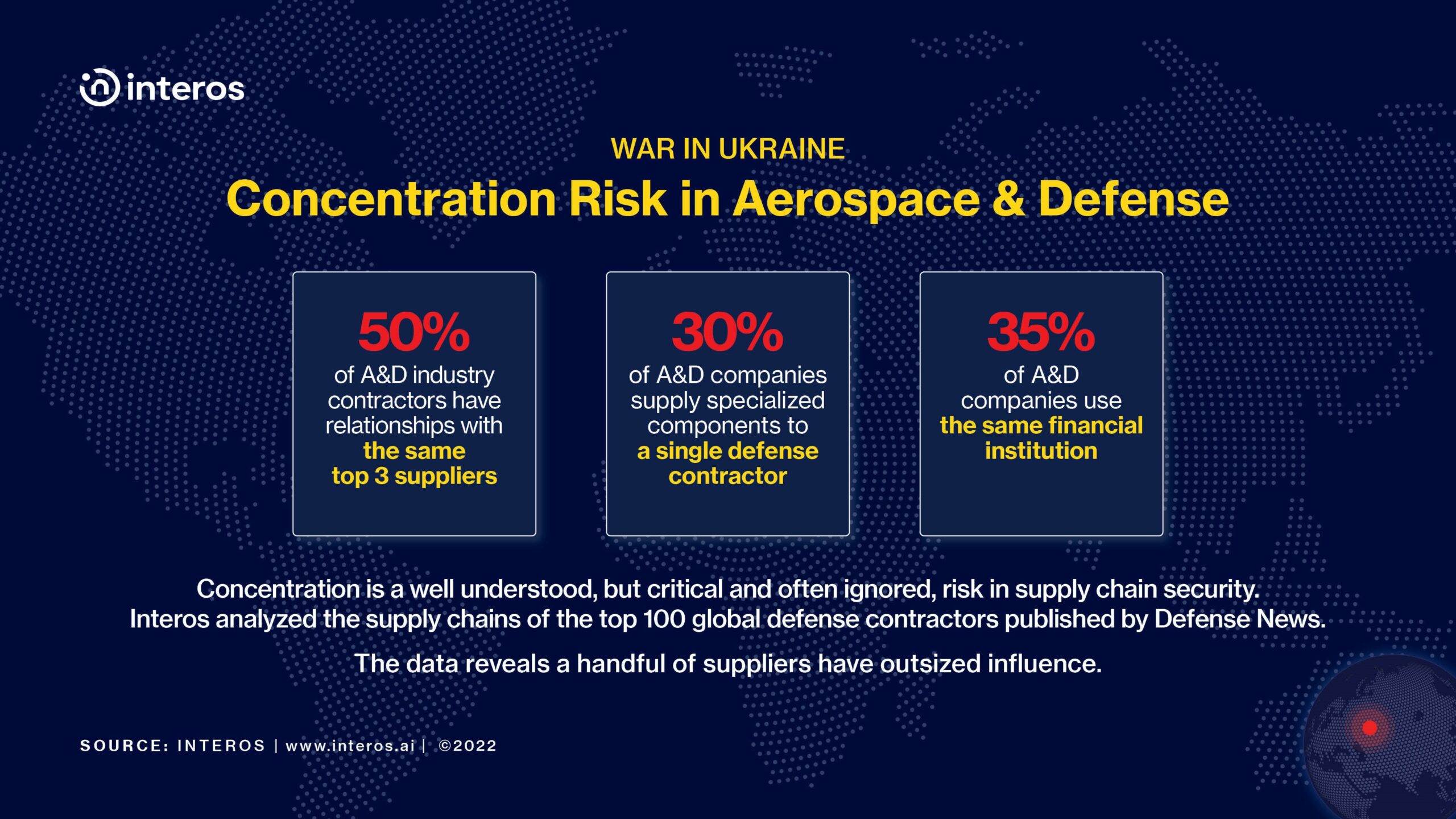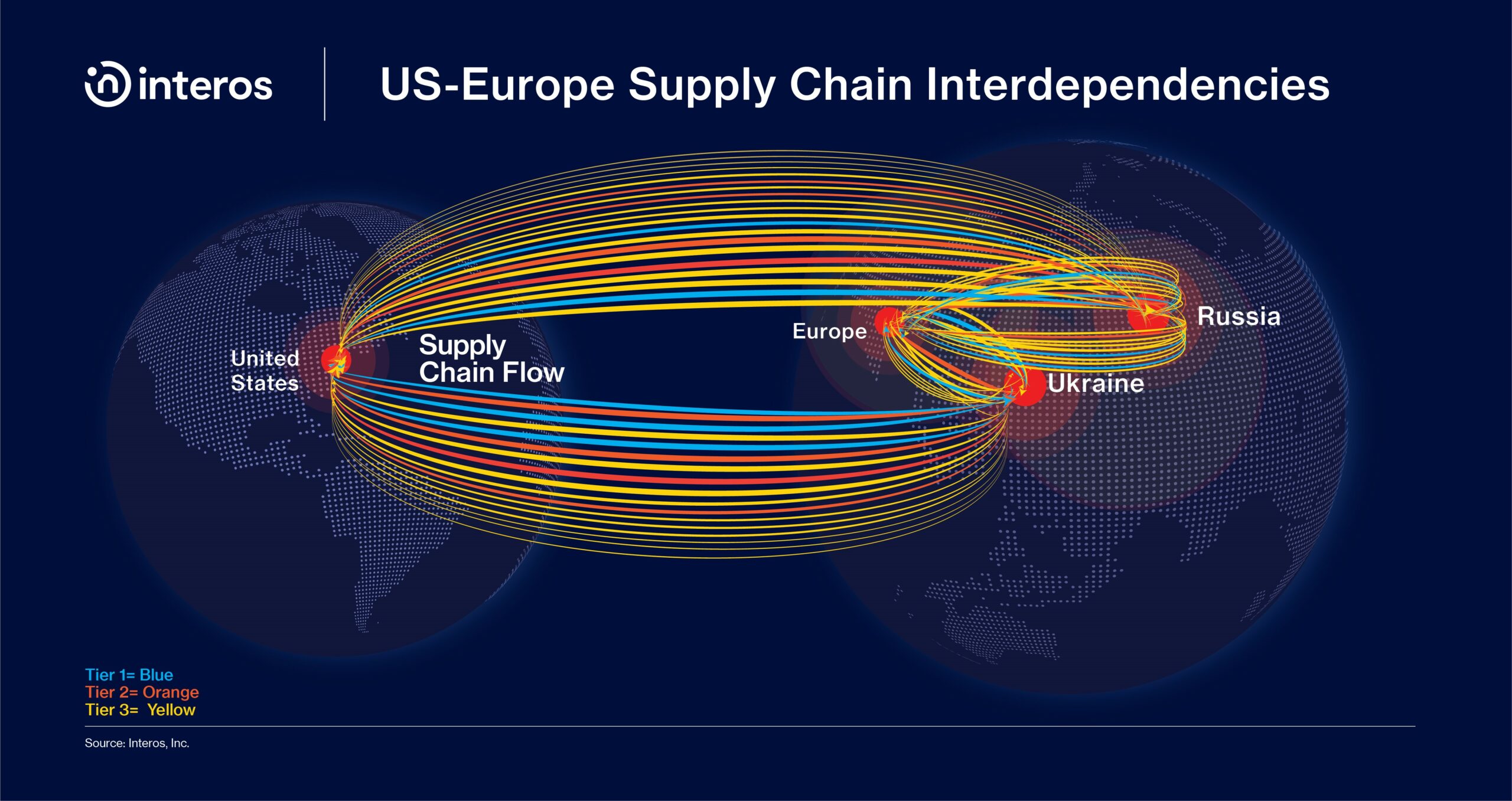Mitigating supply risk and meeting high organizational expectations needs a world class early warning system. Here’s how to create one.
Supply chain issues have become a dinner table discussion topic for people around the world as shipping delays and basic product availability issues abound. Everyday shopping has been impacted and we’ve seen increasing holiday season angst as supply networks and retailers have struggled to keep up with demand.
With millions of dollars in lost revenue, unexpected mitigation costs, and reputational damage on the line, it’s no surprise that for many organizations supply risk has become a frequent board-level discussion topic. At the same time, due to the efforts of individuals and teams to counter the past 18 months’ supply chain disruption, expectations of what procurement can achieve has been elevated to a high level.
While predicting future supply chain disruptions isn’t necessarily impossible, it’s not realistic to think we’ll be able to predict 100% of future disruptions 100% of the time. And yet, with digital transformation and the use of big data, we can start to identify vulnerabilities more accurately and more easily in our extended supply networks and plan for disruptions to lessen the impact to our businesses.
Developing a World Class Early Warning System
Procurement and sourcing leaders are aware that current supply network risk data is rife with blind spots. Existing processes for evaluating new suppliers and assessing risk are too inconsistent, and often too shallow to uncover the hidden risks. Ongoing supplier reviews are too infrequent and often rely on outdated information. Too little visibility into sub-tier suppliers of critical components and materials leaves too much exposure to the complex interdependencies of our extended supply networks.
So how are procurement leaders planning to uncover hidden risks in their supply networks and become more proactive in identifying and managing disruptions? Based on conversations with supply chain and procurement teams, here are a few of the actions that we’ll see more of in 2022:
1. Taking a broader view of supply chain risk management
So many factors can contribute to supply risk. Financial strength is a universally accepted risk indicator – if the supplier is struggling financially, they pose a risk of long-term capability to support your business. Cash flow challenges may lead to sub-par quality and service levels, an inability to reinvest in the business, or a lack of future innovation that benefits both buyer and supplier. It comes as no surprise that this is one risk indicator that most organizations review for new suppliers.
A growing emphasis on operational and location-based risks is expanding the set of factors that procurement and sourcing teams are evaluating, especially as COVID-related shutdowns have exposed companies’ over-reliance on certain regions. Geographic concentration; geopolitical trends and events; changing regulatory, restrictions and sanctions lists are all causing an expansion of relevant risk indicators for supplier assessments.
The escalation of cyber-related risks such as data breaches and ransomware attacks pose a serious challenge to digital supply chains. And ESG performance is not only a reputational risk but is increasingly becoming codified into regulations that carry a significant financial penalty for organizations.
All of this is causing procurement teams to take on a broader view of supplier risk. And they are looking at a new set of solutions to automate the collection, compilation, and scoring of this information in a single, encompassing view of multi-factor supplier risk.
2. Consistency in new supplier evaluation
Incomplete survey responses, narrow focus of questions, lack of validated data, and lack of time. All of this compounds the challenges of thoroughly reviewing each and every supplier, especially as organizations are growing their businesses and shifting their supply chains. Procurement teams are hustling to keep up with the pace of business requests for new sources of supply, and all too often different teams are taking wildly different approaches to evaluating supplier risk.
Expanding the aforementioned breadth of risk indicators can help drive a more consistent approach to how suppliers are evaluated for vulnerabilities and risk to the organization. But expanding that approach across the entire organization can only be achieved if the risk scores and underlying data is readily available and embedded into the supplier assessment process.
When Machine Learning and Natural Language Processing is applied to big data gleaned from hundreds of available sources, pre-assessed risk scores can augment supplier self-reported information without the long lead times involved with surveys and questionnaires. Instant access to multi-factor risk scores on each supplier being vetted will enable the adoption of a more consistent and thorough review of all suppliers without increasing the workload on individual evaluators.
3. Diving deeper into supplier sub-tier relationships
A recent report from the Business Continuity Institute indicated that 40% of COVID-19 related supply chain disruptions were traced to sub-tier suppliers. In my own conversations with procurement leaders, the extended supply network is gaining increased importance in terms of gaining visibility into supply risk.
Identifying and tracing sub-tier suppliers has long been a challenge for procurement and supply chain teams. But the recognition that a disruption or failure anywhere upstream in your supply chain could cause devastating ripple effects has become all too clear during the pandemic, as buyers increasingly felt the impacts of material shortages, work slowdowns, and logistics challenges far removed from their own businesses.
New supply network mapping initiatives are gaining steam, as are new technologies that identify and map global buyer-supplier-partner relationships that go beyond the link-by-link Bill of Materials (BOM) tracing that has been the traditional goal. Today’s complex interdependencies between supply partners require a much broader and deeper view of trading partners, to understand where vulnerabilities exist that could impact the supply chain.
4. Continuous monitoring and ongoing evaluation
Checking the box on initial supplier due diligence and periodic reviews is so 2018. “We didn’t see that coming” is a response that will generate hard stares and uncomfortable questions in the face of supply chain disruptions.
Supplier performance management has been a relatively real-time pursuit, particularly since the data on order accuracy, on-time delivery, quality and responsiveness is fairly easy to access using internal operational data.
We’re seeing a shift towards a more continuous monitoring of supplier risk factors to gain a real-time view into potential problems and vulnerabilities. Rather than focusing on annual reviews of critical suppliers, or of those who have struggled in the past, procurement teams are recognizing that it’s the supplier who is seemingly doing fine that can cause havoc with little warning.
Combine a broader view of risk indicators with a deeper view of risk throughout the extended supply network. Add continuous monitoring of those multi-factor, multi-tier risk indicators, and you get an early warning system of potential or real-time disruptions that provide the ability to proactively mitigate those risks.
COVID-19 case increases triggering a port lockdown in a region full of critical suppliers – that’s an alert procurement teams want to get before materials and goods stop flowing. Geo-political unrest or a catastrophic weather event endangering a region heavily populated by raw material suppliers – the earlier that can be seen, the faster procurement can respond and find alternatives.
The Path Forward in Supply Risk Management
These are exciting and challenging times to be in procurement and supply chain. Now more than ever, supply risk management, contingency planning, and supply continuity initiatives are highly visible, critically important, and generating executive-level commitment and funding from organizations.
This is leading to real, impactful changes to the ways that procurement organizations are engaging their supply network to understand, root out, and mitigate risks to their businesses. New technology solutions that provide better initial screening and ongoing monitoring of multiple risk factors across multiple tiers of the supplier network are delivering organizations with the real-time visibility they need to identify vulnerabilities and enact an early warning system to possible disruptions in their supply chains and improve supply chain management.
Predicting the future is impossible but preparing for it is not. From early indicators of on-coming chaos, to warning signs and priorities, you need to know how to spot risks in order to mitigate them.
Author: Greg Holt

